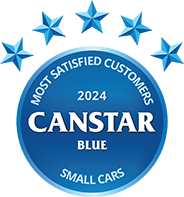Our review compares small car brands on customer satisfaction, so you can find out what other Aussies think about the compared brands before you go ahead with a purchase. Think of it as like asking hundreds of your closest mates which small car brand they think is best!
Canstar Blue surveyed 344 Australians for their feedback on the small car they have purchased in the last five years.
The winning brand is the one that receives the highest overall satisfaction rating once all the scores from the overall satisfaction criteria are combined and averaged.
Brands must have received at least 30 responses to be included, so not all brands available in the market have been compared in this survey. The brands rated in this survey are listed below in order of best overall satisfaction.
Find more detailed information on our Most Satisfied Customer methodology.
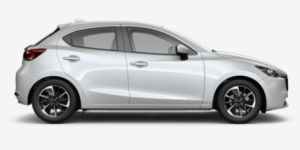
Mazda is a Japanese multinational car brand that has been operating since 1920. Mazda offers a range of small cars, with features including a reverse camera and parking sensors, smart brake support and heated seats.

This article was written by Canstar Blue Home & Lifestyle Content Producer, Rachel Bollerman. Rachel graduated with a Bachelor of Communications, majoring in Journalism at the Queensland University of Technology. She has worked in a variety of public relations, marketing and communications roles, gaining experience in community management, social media marketing, blog writing and other styles of copywriting. When she’s not working, Rachel enjoys doing arts and crafts projects at home and spending time with friends.

Samantha Howse is Canstar Blue’s Consumer Research Specialist, coordinating the consumer research program behind our customer satisfaction awards across Canstar and Canstar Blue in Australia and New Zealand. Sam has earned a Bachelor of Business (Marketing) from Griffith University and, with seven years in market research and two years in marketing, she is experienced in survey design, implementation and analysis, coupled with an understanding of marketing principles and best practice.
Here are the past winners from Canstar Blue’s small car ratings:

4WD Reviews Australia - May 12th
Petrol isn’t exactly cheap, so a loyalty program from a fuel station may be able to save you a few bucks. Compare them with Canstar Blue.
– Read more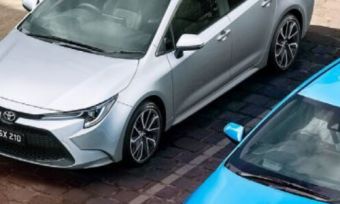
4WD Reviews Australia - July 10th
Taking the plunge on a new car can be an exciting (if expensive) time, with no shortage of brands, models and colours for you to choose from before you can hit the open road. But …
– Read more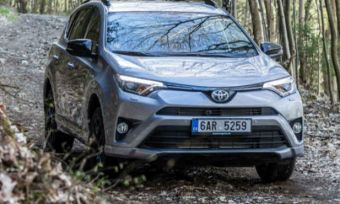
Best-Rated Small Car Brand - July 9th
Buying a new car can be an exciting time, but with plenty of options on the market, the decision can quickly become overwhelming. While we may get distracted by sleek looks and the power under …
– Read more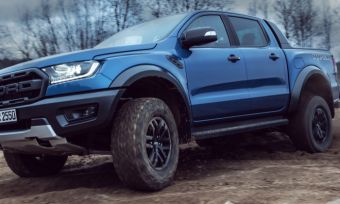
Best-Rated Car Servicing Chain Brand - July 9th
Buying a new car can be an exciting time, but with plenty of options on the market, it can quickly become a bit overwhelming. To help narrow down the search, the Federal Chamber of Automotive …
– Read more
4WD Reviews Australia - September 29th
Thinking about investing in an electric bike but don’t know where to start? You’ve come to the right place! In this guide, we list some of the electric bike brands available in the Australian market. …
– Read more^By clicking on a shop online, compare now, buy online, more details or check latest prices button, you may leave Canstar Blue and be taken to a referral partner to compare. Canstar Blue may be paid for this referral. You agree that Canstar Blue’s terms and conditions apply to this referral. If you click on a brand that is not a referral partner, you will be taken to a brand page on Canstar Blue.
Canstar Blue may earn a fee for referrals from its website tables, and from sponsorship of certain products. Fees payable by product providers for referrals and sponsorship may vary between providers. Generally, sponsorship fees are payable in addition to referral fees. Sponsored products are clearly disclosed as such on website pages. They may appear in a number of areas of the website such as in comparison tables, on hub pages and in articles. Sponsored products may be displayed in a fixed position in a table, regardless of the product's rating, price or other attributes. The table position of a Sponsored product does not indicate any ranking or rating by Canstar. The table position of a Sponsored product does not change when a consumer changes the sort order of the table. For more information please see How Are We Funded. Payment of fees for ads does not influence our Star Ratings or Awards.
*Prices correct as of publication date.
